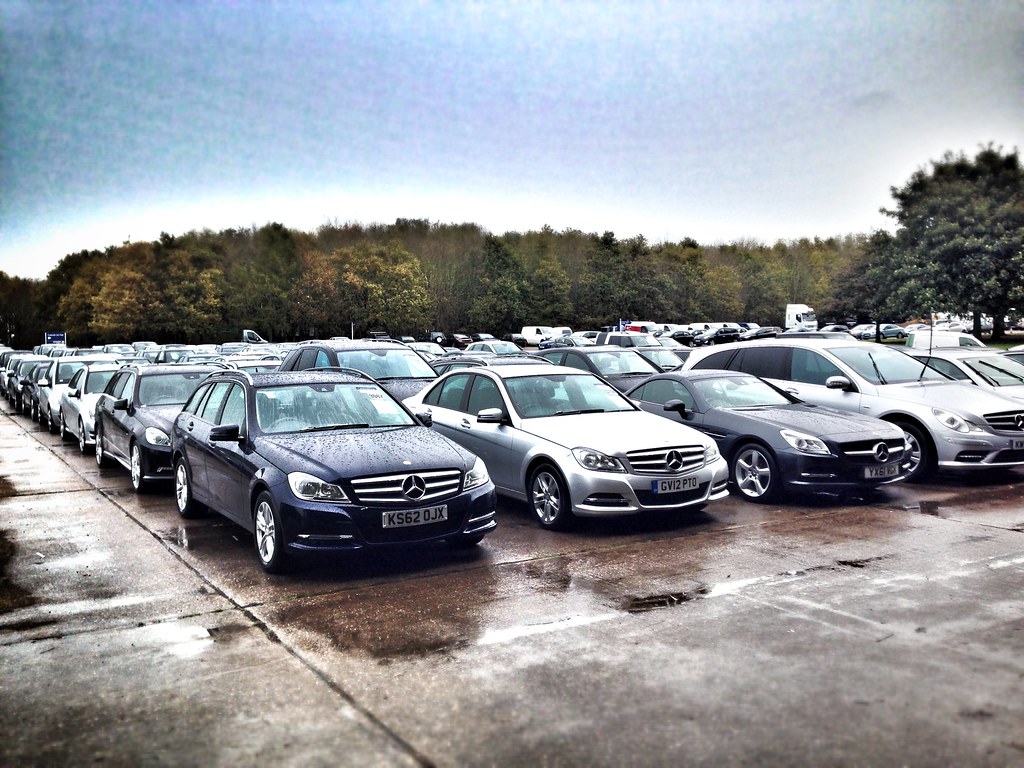Because there are some rather significant financial differences to consider between closed-end vs. open-end leasing of an automobile, let’s take a look at the essentials of both.
The Basics of Leasing a Car
When you decide to lease a car, you’ll go to a dealership just as you would if you were buying one and negotiate the best sale price you can. The company from which you lease the car will then buy it at that price and “rent” it back to you for a pre-determined time period.
The amount you pay monthly will largely be determined by the anticipated value of the vehicle at the end of that time period. Referred to as the residual value of the car, it’s what the automobile is predicted be worth after depreciation has accrued over the duration of your lease contract.
Your monthly payments are calculated to cover that estimated depreciation.
And that, in a nutshell, is how to lease a car.
Closed-End Leasing
Most often encountered when a vehicle is intended for personal use, a closed-end lease minimizes the variables associated with the transaction. The car will have a set residual value — based upon the duration of the lease, the number of miles you drive over the course of that time period and the overall condition of the car when it is returned.
At the end of the lease, you’ll have the option of purchasing the vehicle outright at that estimated residual value. A lot of people like this idea, as it frequently represents the best used car deal they’ll ever get. After all, you’ll know exactly what it has been through, as well as how it was cared for.
Further, if by some happenstance the residual value of the car was set too low, you’ll get a great price on it too. Or, you can sell the car, pay off the residual and keep the difference.
On the other hand, you can simply walk away from the car if the residual value turns out to have been accurate or set too high — assuming, of course, everything else about the car falls within the agreed-upon parameters.
Open-End Leasing
While this type of lease is most often encountered by businesses leasing for fleet purposes, it is available to consumers, too. The beauty of the open-end lease is all of the mileage and condition concerns are eliminated. You can drive the car as far as you’d like without incurring the mileage penalty you’ll encounter with a closed-end lease. You don’t need to be concerned about keeping the car in pristine condition either.
However, you will pay the difference between the agreed-upon residual value and the fair market value of the vehicle at the end of the term of the lease. Those charges will be based upon the mileage accrued, the condition of the vehicle and its fair market value. In other words, along with that freedom comes responsibility for all the financial risk associated with leasing the car.
You do still have the option to sell it and keep the difference if it turns to to be worth more than the residual value. However, if something beyond your control happens and the value of the car goes down tremendously — say it turns out to be an unpopular model, or the manufacturer does something to devalue the car — you’ll be on the hook for it.
So, Which Is Better?
When it comes to choosing between closed-end vs. open-end leasing, most consumers prefer the certainty of the closed-end lease. All you have to do is maintain the car well and keep the mileage within the agreed-upon limit.
On the other hand, open-end leasing frees you of those concerns because you’ll pay for whatever happens on the back end. This is why businesses that tend to be hard on cars and rack up miles go that route.
And, the option is available to you too — if you’re willing to take the risk.


